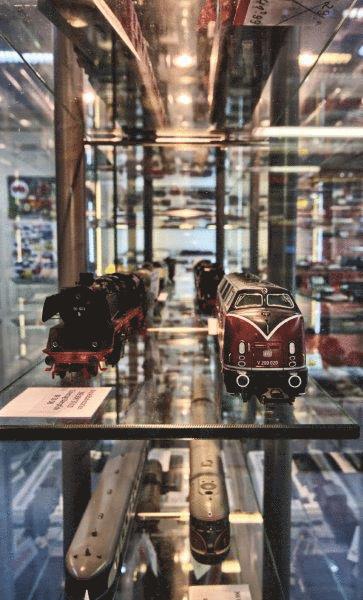
“Women don’t do it, or the few women who do do it are invisible to the men who run the Hobby world.” (elliott, 1995, p.14).

elliott (1995) describes her experience of trying to be a part of the model world as a woman - it is to mention that this happened in the 1990s. Entering stores and asking for help, she encountered rejection, confusion or disrespect. Men first assumtion was she was shopping for her husband or her son. When she made clear she was shopping for herself, she became an oddity or just invisible (elliott, 1995, p.14). In addition, she finds herself in a world created by white men for white men. Building her own miniature world from her own imagination, sheh as to do a lot of adjustments, repaint figurines and get creative to make it look like “her world” (elliott, 1995, p.15).
Stonies (2016) explores the women in the model train world 20 years later, by observing women in the context of a train museum and interviewing members of an association about the lack of female representation. The only time she sees women it is during the visit of a real life museum in the Harz mountains in Germany. While the men's’ eyes light up with enthusiasm when they see the steam locomotives, the women's’ eyes look into the distance, showing more interest in the landscape they are passing through (Stonies, 2016, p.195).
Visiting a model train association, she discovers that all members are men (Stonies, 2016, p.200) - an observation that can still be made by looking into model train associations on the internet. The pictures rarely show women and articles barely mention female associated names. In the members' perspective, the women care more about the physical well-being (Stonies, 2016, p.206). Even though there are no limitations for women to become members, the association still can be understood as homosocial male community (Stonies, 2016, p.206). However, they are not absent from this world entirely: They join the occasional excursions or events and help with smaller tasks that are more suitable for women (Stonies, 2016, p.206). According to the chairman of this association, these tasks are for example painting figurines - a task that can take hours and requires skills, "he does not have" (Stonies, 2016, p.207). This conception of hierarchy can be linked to the hegemonial masculinity, the dominance of male (Stonies, 2016, p.207).
This video shows a tutorial of how these figurines are painted and gives an insight on how delecate and time consuming this process can be.
The club members themselves could not explain why women wouldn’t join and share their interest in the hobby (Stonies, 2016, p.207). They mention the technical aspects, which are inextricably linked to model railraoding, as one of the reasons why women were not interested. After all, the technical aspects are something that women usually have no interest in. Secondly, playing with model railroads requires a lot of time and considerable financial resources, resources women do not have (Stonies, 2016, p.207).